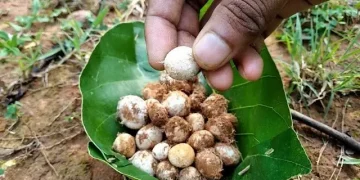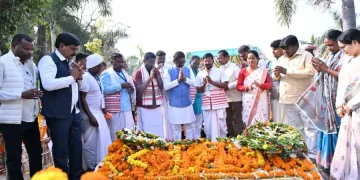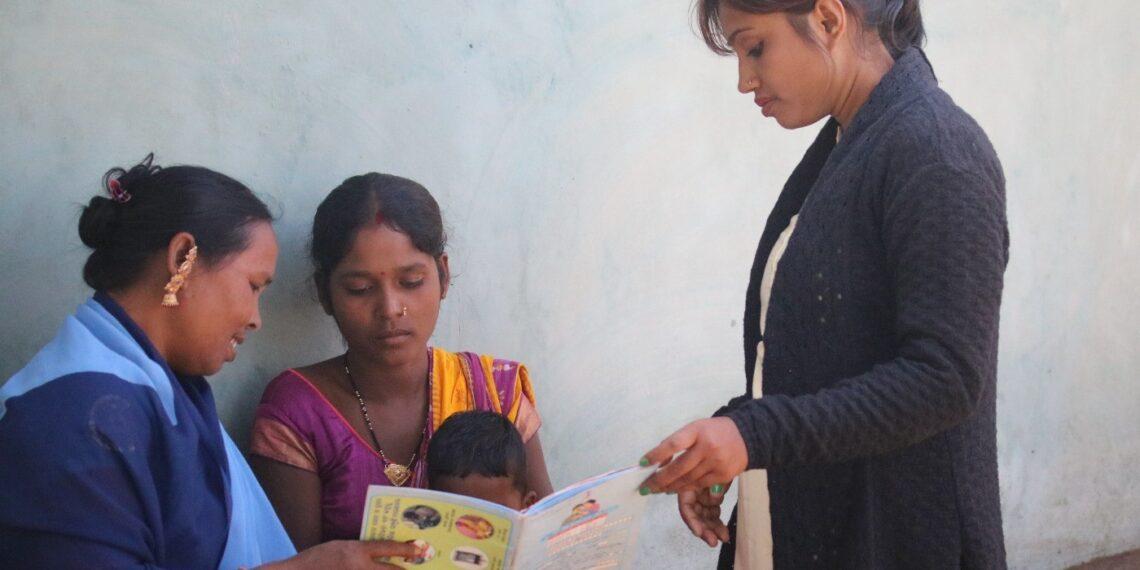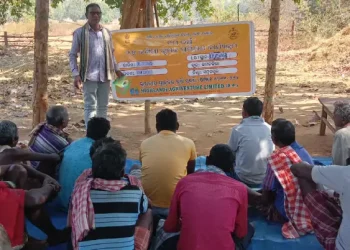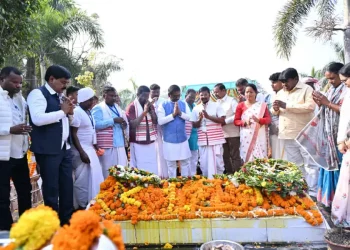Cuttack/Bhubaneswar
An expectant mother in labour pain grunts and groans, twists and turns, pants and puffs inside a hut while live bonfire at the side keeps her body warm. A dai (village midwife) presses her body at ‘apt’ points while massaging her vulva with castor oil to keep her pelvis, cervix and birth canal relax.
This summed up the prelude to an imminent baby birth in tribal dominated Sargipani in Jarigaon block of Nawarangpur, Odisha. Home delivery of this sort had been in vogue in the hamlet of Kondhs before the advent of UNICEF in 2019 with its Sampurna Barta Project (SBP).
“Since SBP was set in motion under its cluster coordinator Sipra Bala and her team of 154 ASHA, ANM and Anganwadi workers, institutional delivery in 135 hamlets and villages has been an in-thing in the Kondh society,” explains SBP project coordinator Annapurna Patra. “Now tribals repose faith on the treatment prescribed by modern medical science.”
However, initially the dice was loaded against Sipra and her team, as tabooed tribals refused to shun their tradition of home delivery. Males raved and ranted against her. Females fumed and fretted. Expectant mothers shook and shrunk. For, they feared that vitamin, calcium and iron pills that Sipra and her team batted for bore the death warrant for them and babies in their wombs.
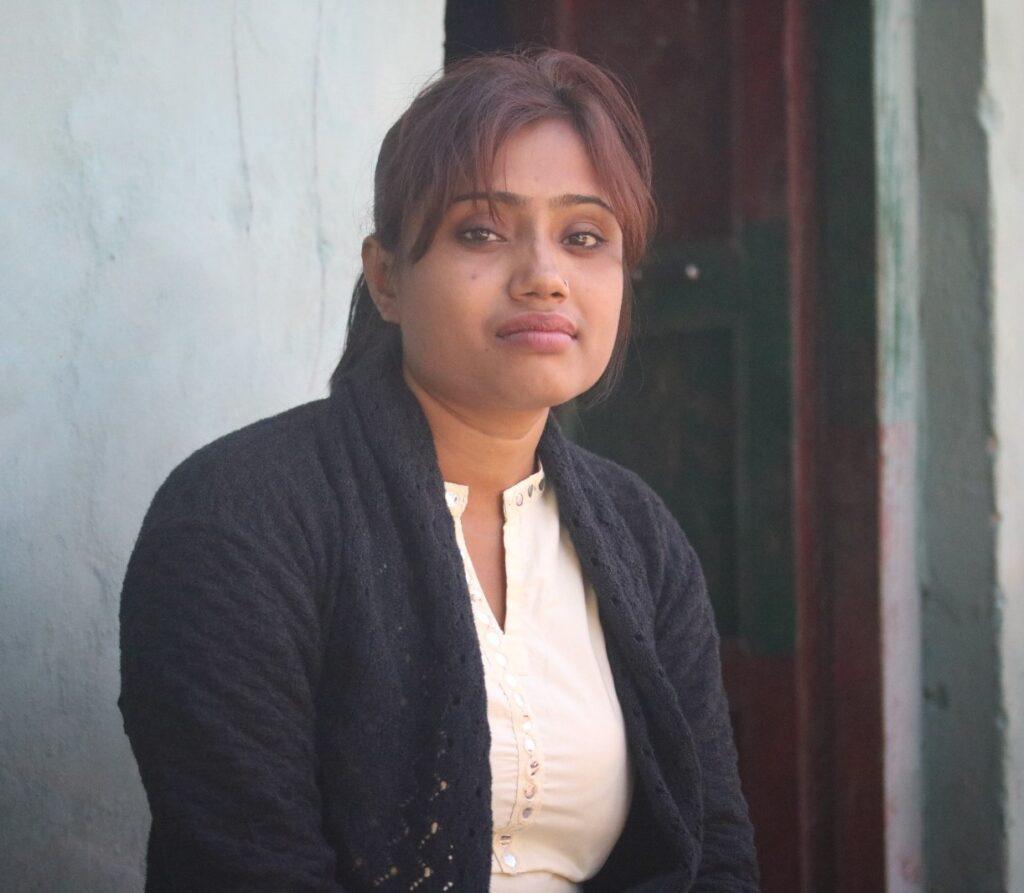
“Some even believed that fetus would abnormally distend and their birth canal would dilate out of proportions,” says Nayani Kuli, an ASHA worker in Sipra’s team. “Mostly males vehemently opposed, and females chimed in with what their males say,” she shares with The Indian Tribal.
But Sipra never gave up. Finally, she breasted the tape in her missionary marathon. Now she, who covers 60 kilometers daily, claims to have clocked up 80% in her success graph.
“We decided to first focus on tribal females, when their males were out for work. We also sought the help of sarpanches, village heads and young educated locals who used to have frequent interactions with people. The strategy made the cut. Their feel-bad sense soon morphed into a feel-good sensibility,” Sipra says.
At the outset, Sipra’s glib talk proved to be garrulous nonsense for Champa Goud, a dai in Sargipani. But Sipra’s relentless effort gradually mellowed her stubborn stand against institutional delivery.
“Slowly I could read between the lines to comprehend the veracity in what Sipra said. Then I went on persuading others with her,” says Champa.
Echoing a similar view, pregnant Hema Goud admitted to have discerned sanity in what Sipra and her team advocated. “Now I abide by Sipra’s advice in letter and spirit,” she says.
However, health centres where deliveries take place with all care and precautions are still the forbidden land for expectant mothers in some inaccessible areas , Sipra says, citing an incident,
“A pregnant woman Katnapali, who refused to opt for institutional delivery and prior medical treatment, developed complications. She had to be carried on a charpoy to the ambulance parked outside her inaccessible village. She was then taken to Maa Gruha set up by the government for such woman. She survived. But her baby didn’t, because it was too late by then.”

